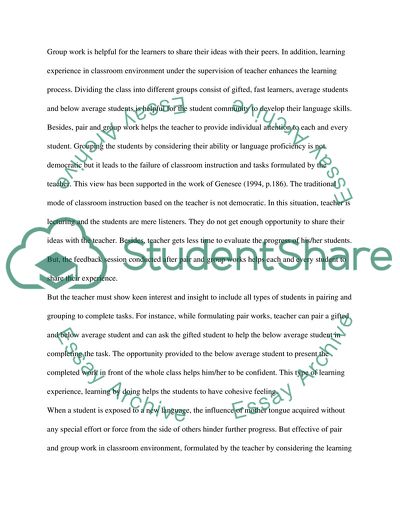Cite this document
(“The Value of Pair and Group Work for Second Language Learning Essay”, n.d.)
The Value of Pair and Group Work for Second Language Learning Essay. Retrieved from https://studentshare.org/education/1560901-the-title-is-provided-in-the-attached-instructions
The Value of Pair and Group Work for Second Language Learning Essay. Retrieved from https://studentshare.org/education/1560901-the-title-is-provided-in-the-attached-instructions
(The Value of Pair and Group Work for Second Language Learning Essay)
The Value of Pair and Group Work for Second Language Learning Essay. https://studentshare.org/education/1560901-the-title-is-provided-in-the-attached-instructions.
The Value of Pair and Group Work for Second Language Learning Essay. https://studentshare.org/education/1560901-the-title-is-provided-in-the-attached-instructions.
“The Value of Pair and Group Work for Second Language Learning Essay”, n.d. https://studentshare.org/education/1560901-the-title-is-provided-in-the-attached-instructions.


